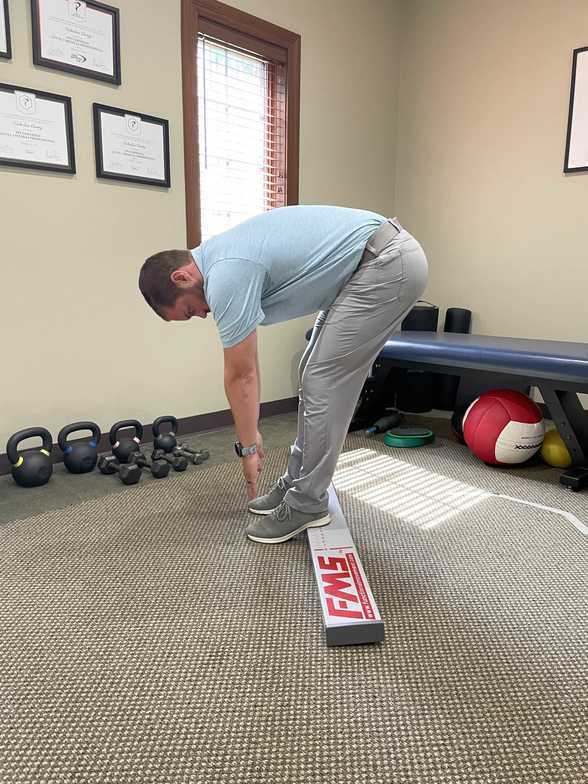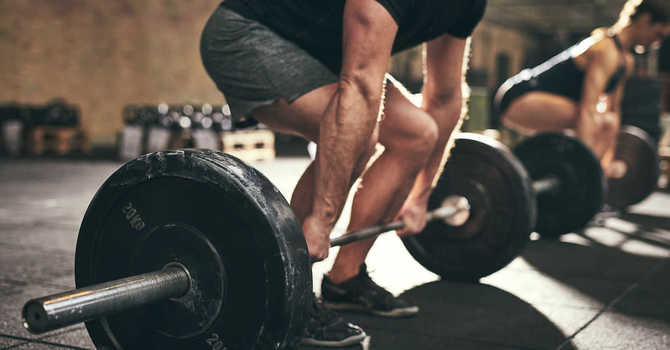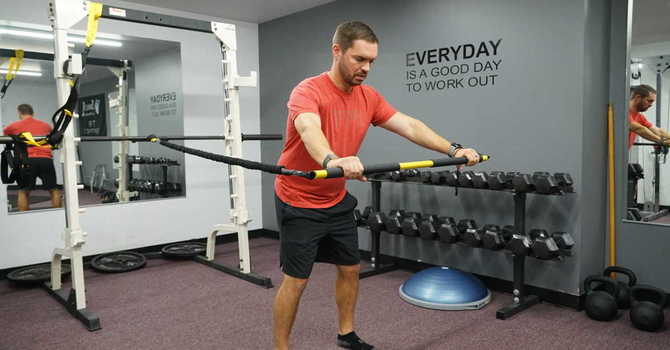
The hip hinge is one of the most fundamental movements for normal activities of daily living but also extremely important for the golf swing. The hip hinge involves a controlled bending at the hips by pushing the butt backwards and keeping the spine straight, followed by extension of the hips (thrusting the butt forward) to come back upright. Simply put - it's bending over to touch your toes and standing back upright. The most common exercise that involves the hip hinge is the deadlift. Done correctly, the hip hinge is very physically demanding. It involves mobility, flexibility, stability, and strength throughout the entire body. If I was told that I could only do one exercise for the rest of my life it would be the deadlift/hip hinge.
There are 2 main assessments that can give a lot of information on your hip hinge: The Pelvic Tilt test and the Toe Touch. Can you stand in a golf posture and tilt your pelvis forward and backward? Can you keep your knees locked and bend down to touch your toes? If you answered no to either of these, there is a pretty good chance you can’t perform a functional hip hinge. If limitations are found in the hip hinge pattern, golfers will have a hard time maintaining posture throughout their swing. We can see poor posture at setup, such as C-posture, and we can see early extension (hips moving toward the ball) during the downswing.
What can you do to work on your hip hinge?
- Hamstring flexibility is the most common starting point for most people. Tight hamstrings can prevent you from touching your toes as well as effect your pelvic tilt. Simple hamstring stretches or active straight leg raises can do a lot to improve hamstring flexibility.
- Work on the weight shift. When you bend down to touch your toes your butt/hips should actually move backwards. We can practice this by doing “heels elevated toe touches”. By lifting up your heels you are forced to shift your butt backwards or else you are going to fall flat on your face.
- Next, we can start working on training the hip hinge movement. Start by placing a golf club longways along your spine. This acts as a biofeedback tool to help keep your spine flat against the club throughout the movement. Initiate the movement by shifting your weight slightly back on your heels and pushing your butt backwards. As you push your butt further backwards you will naturally start to hinge at your hips (if you are pushing your butt back enough you should feel like you are on the verge of falling backwards). Go as far as can without the club coming off your back. Keep working on these patterns and then start adding resistance for performance. If you can’t go all the way to the ground to pick up a weight with good form then just start with the weight on an elevated platform and go from there.





